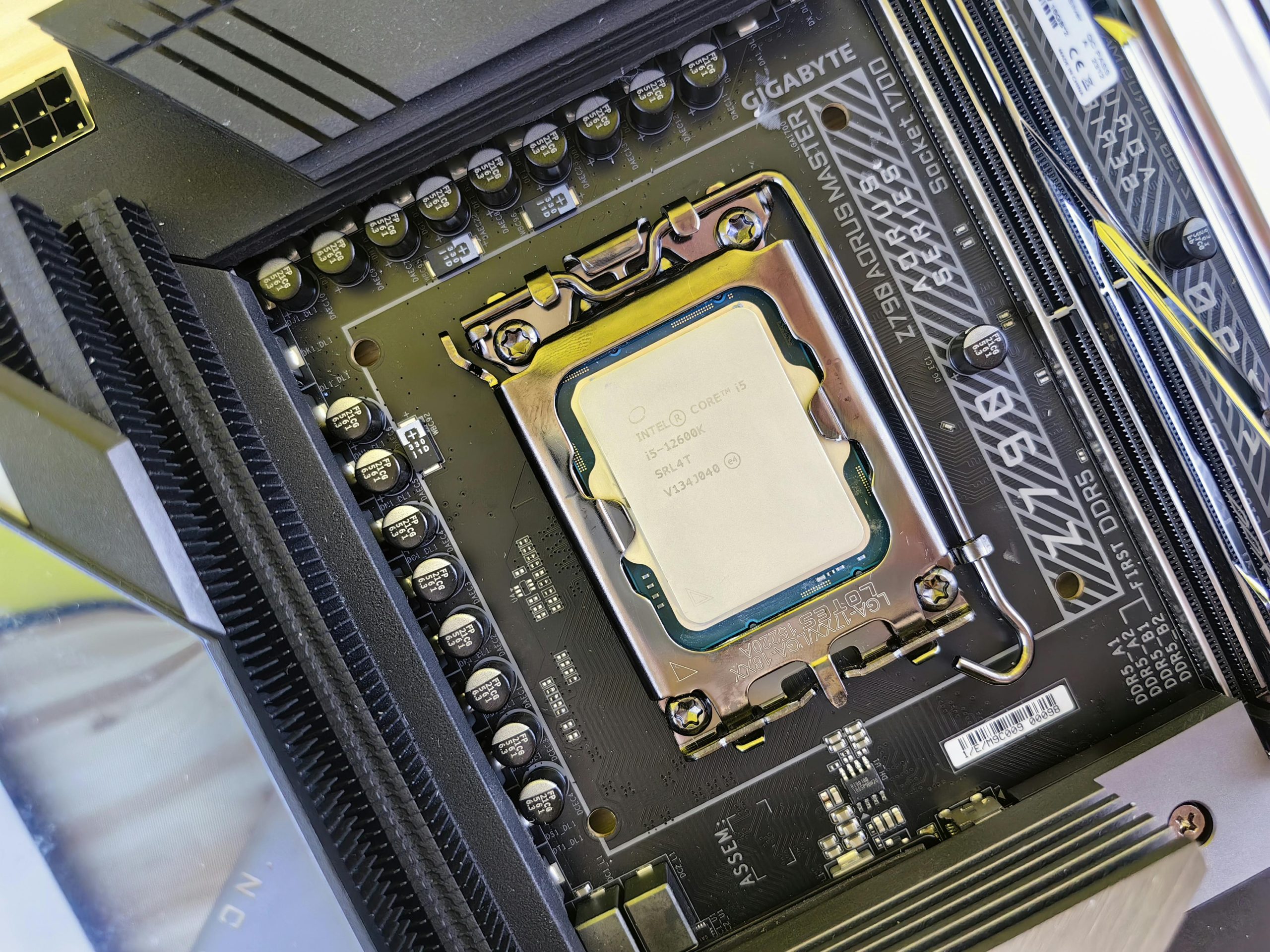Understanding RAM Options for High-Performance Gaming and Content Creation: A Comparative Analysis of 32GB DDR4-7200 vs. 64GB DDR5-6000 in the Context of an Intel Core i9-14900K on the Z790 Aorus Master Platform
In the realm of high-performance computing, particularly for gaming enthusiasts and aspiring content creators, selecting the appropriate RAM configuration is a critical decision that can influence overall system performance and future scalability. This article examines the key considerations when choosing between a 32GB DDR4-7200 kit and a 64GB DDR5-6000 kit, especially for users leveraging the latest Intel Core i9-14900K CPU paired with a Z790 Aorus Master motherboard.
Current Context and Scenario
The user has obtained two high-end RAM modules through advantageous deals: a 32GB kit capable of reaching 7200 MT/s, and a 64GB kit operating stably at 6000 MT/s. The initial setup involved installing the 32GB RAM at its rated speed, with stability confirmed at 7200 MT/s. Subsequently, an upgrade was made to the 64GB module, which also maintains stability at 6000 MT/s.
User Profile and Intended Use
Primarily, the user engages in gaming, with potential interest in expanding into content creation in the future. This dual-purpose usage influences the decision-making process, as both gaming performance and creative workflows can have differing RAM requirements.
Performance Considerations
-
Memory Capacity: The move from 32GB to 64GB significantly increases available memory, beneficial for resource-intensive applications, multitasking, and future-proofing for content creation tasks such as video editing, rendering, and large-scale data processing.
-
Memory Speed and Latency: The DDR4-7200 kit offers higher raw data transfer rates compared to DDR5-6000. However, actual performance gains depend on how well the system leverages these speeds, including the CPU’s memory controller capabilities and motherboard support.
-
Compatibility and Stability: Both modules have demonstrated stability at their respective speeds, which is a positive indicator. Nonetheless, DDR5 memory often requires more careful BIOS tuning, and some users report marginal differences in real-world performance between these configurations.
-
Future Scalability: DDR5 technology is newer, and increasing memory capacity may involve considerations regarding motherboard BIOS updates, RAM compatibility, and the longevity of the platform.
Cost and Value
While this user benefited from
Share this content:



